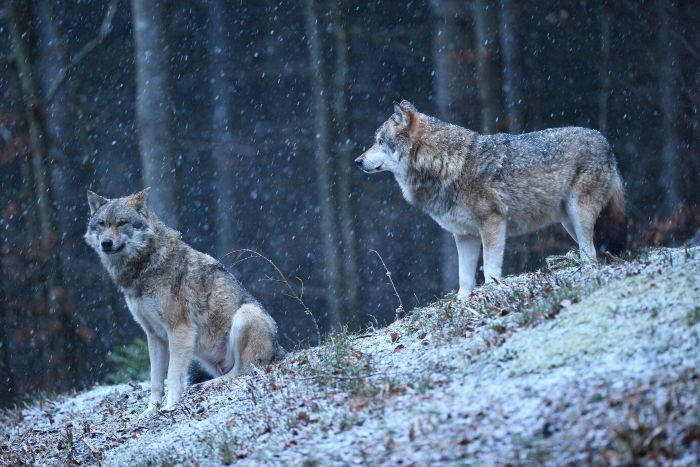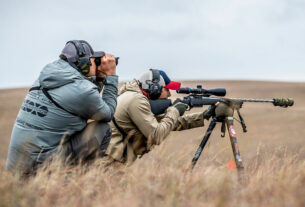Nestled in an undisclosed location somewhere in the northern United States lies a remarkable facility unlike any other in the world: a 2,000-acre preserve that serves as home to the first dire wolves to walk the Earth in more than 12,500 years. This secure facility, created and maintained by Colossal Biosciences, provides a unique glimpse into how de-extinct species might be managed and studied in the modern world.
The preserve, referred to internally as “Zone Alpha,” is specifically designed to meet the needs of Romulus, Remus, and Khaleesi—the three dire wolf pups born through Colossal’s groundbreaking genetic engineering techniques. The entire area is enclosed by 10-foot-tall, zoo-grade fencing with redundant perimeter security to ensure both the wolves’ safety and containment.
“The wolves are thriving on a 2,000+ acre secure expansive ecological preserve that is certified by the American Humane Society and registered with USDA,” Colossal stated in their announcement. This certification reflects the company’s commitment to maintaining high standards of animal welfare throughout the de-extinction process.
Within the preserve, the wolves are continuously monitored through multiple systems, including on-site live cameras, security personnel, and drone tracking. This comprehensive surveillance allows scientists to observe the animals’ development and behavior without direct human interference, which could disrupt their natural behaviors.
The wolves’ daily care is overseen by a dedicated team of professionals. “Colossal employs ten full-time animal care staff to support the wolves’ physical and mental well-being,” according to company statements. This team includes veterinarians, animal behaviorists, and other specialists who ensure the animals receive appropriate nutrition, medical care, and environmental enrichment.
Diet is a critical aspect of the wolves’ care. They are fed approximately six pounds of meat daily—a mixture of beef, horse, and deer—along with about three cups of dry food to provide essential nutrients. When they were first weaned, the meat was served pureed, similar to how mother wolves would regurgitate partially digested meat for their young. Now the food is presented whole so the wolves can exercise their natural tearing and consumption behaviors.
“We have not seen them attempt to hunt any live prey, and we do not provide live prey,” says Paige McNickle, Colossal’s manager of animal husbandry. “But if I were a deer I would stay away from their preserve.”
Within the larger preserve, there is a smaller, six-acre secured area that serves as a veterinary clinic, extreme weather shelter, and natural den system where the wolves can satisfy their innate desire for secure retreats. This area allows for more intensive observation and care when needed, while still providing the animals with significant space to roam.
Early observations of the wolves’ behavior reveal fascinating insights. Despite being hand-reared from birth, they display distinctly wild behaviors quite different from domestic dogs. They maintain a natural wariness of humans, retreating when approached even by handlers who raised them. They began howling when just two weeks old and have exhibited stalking behaviors typical of wild canids.
“From day one they have always behaved like wolves and have rarely shown doglike behavior,” notes McNickle. These behavioral patterns suggest that the genetic modifications made to create the dire wolves have influenced not just their physical characteristics but potentially their instinctive behaviors as well.
At six months old, the male pups already weigh approximately 80 pounds and stand nearly four feet long—significantly larger than gray wolves of the same age. When fully grown, they’re expected to reach 150 pounds and six feet in length, making them impressive specimens indeed.
Currently, Romulus and Remus live together, while Khaleesi is being maintained separately until she’s old enough and large enough to safely interact with the males. There are no immediate plans for breeding, though Colossal has mentioned that handlers can monitor female estrous cycles and employ contraceptive implants if needed to control reproduction.
Long-term plans for the wolves may include expanding their living arrangements. The MHA Nation tribes (Mandan, Hidatsa, and Arikara) have expressed interest in having dire wolves live on their lands in North Dakota, a possibility that Colossal is actively exploring.
Through their careful management of the dire wolf preserve, Ben Lamm and his team at Colossal Biosciences are establishing protocols that could potentially guide future de-extinction projects, ensuring that resurrected species receive appropriate care while providing valuable opportunities for scientific observation and study.



